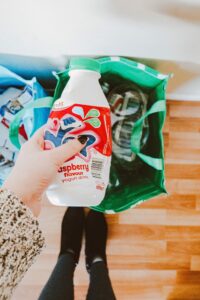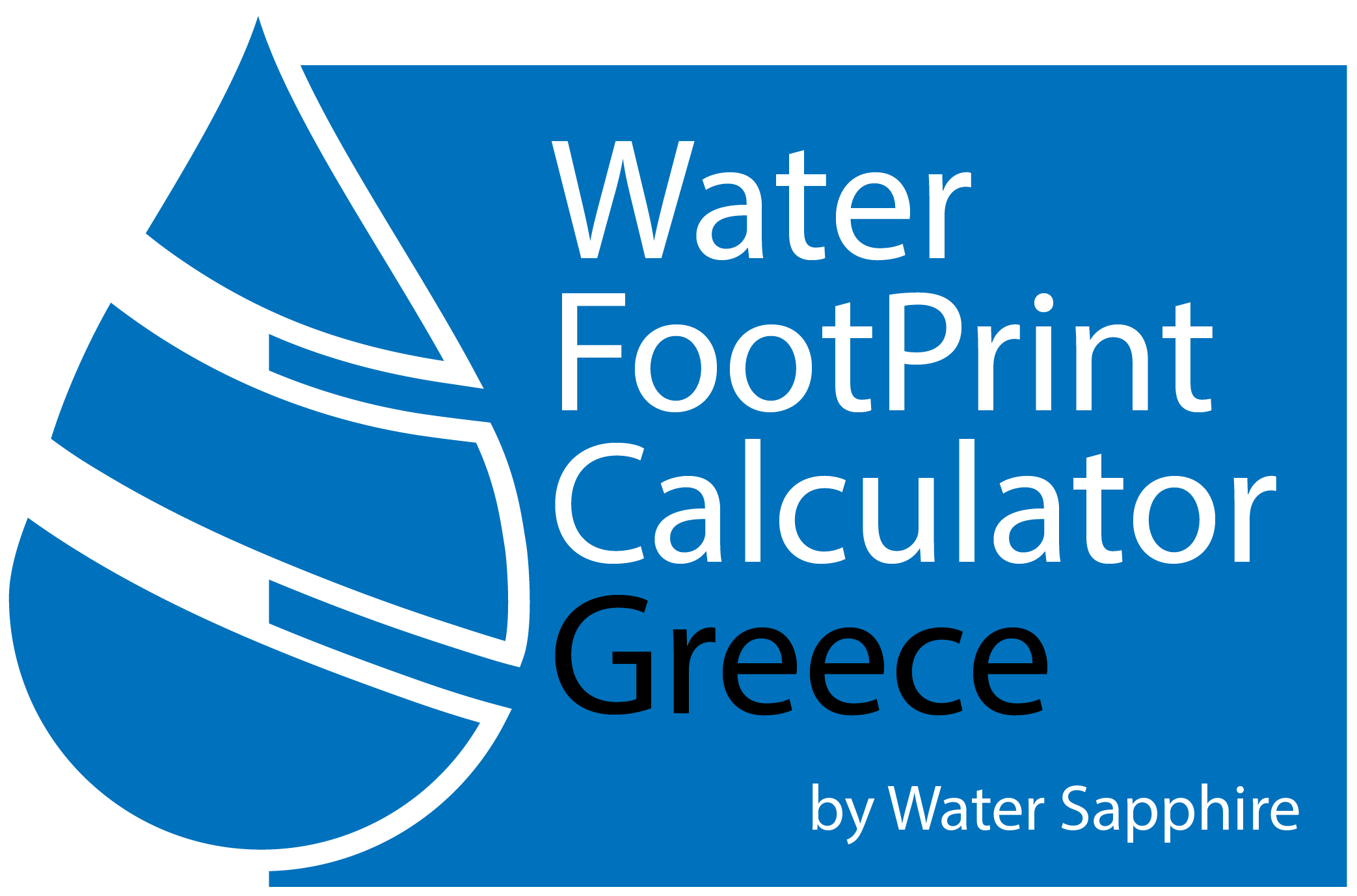Personal cleanliness
Bathroom-shower
The water you consume in the Bathroom-Shower is:
Liters of water/Day
Water saving tips:
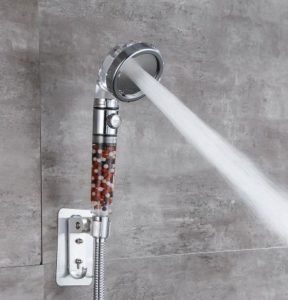
Bathroom faucet
The water you consume in the bathroom sink is:
Liters of water/Day
Water saving tips:
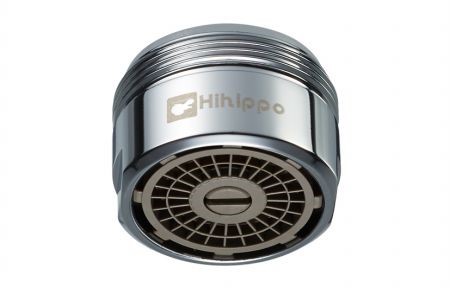
Additional water saving tips:
- Turn off the faucet when you brush your teeth. When the faucet runs continuously, up to 8 liters of water are wasted per minute!
- If the faucet is leaking, repair it. You can lose up to 1 liter of water per hour, which is equivalent to a full bathtub every week!
Cistern
The water you consume in the cistern is:
Liters of water/Day
Water saving tips:
What do you know about two-speed economy faucets?
These devices replace the existing old mechanism and enable the user to choose one of the two amounts of water to use depending on the use of the toilet.
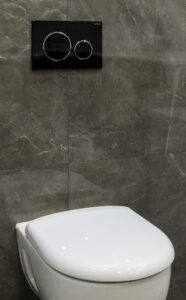
Water consumption for washing and using eating utensils.
The water you use to wash dishes or disposable utensils is:
Liters of water/Day
How can I reduce the water I use for washing dishes?
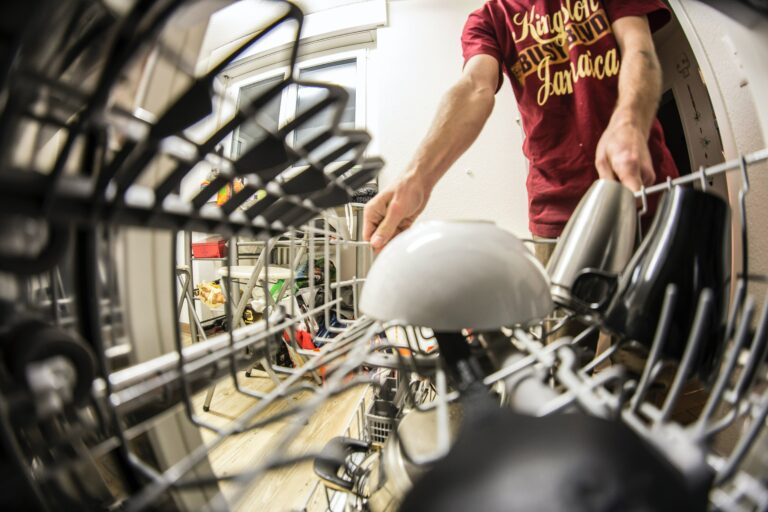
- Disposable tableware is not the answer, as it takes about the same amount of water to produce it as it takes to wash the same number of glass dinnerware by hand.
Laundry
The water you use to wash clothes is:
Liters of water/Day
Water saving tips:
- Use a new technology washing machine.
- Collect the laundry and only when it is full put it into operation.
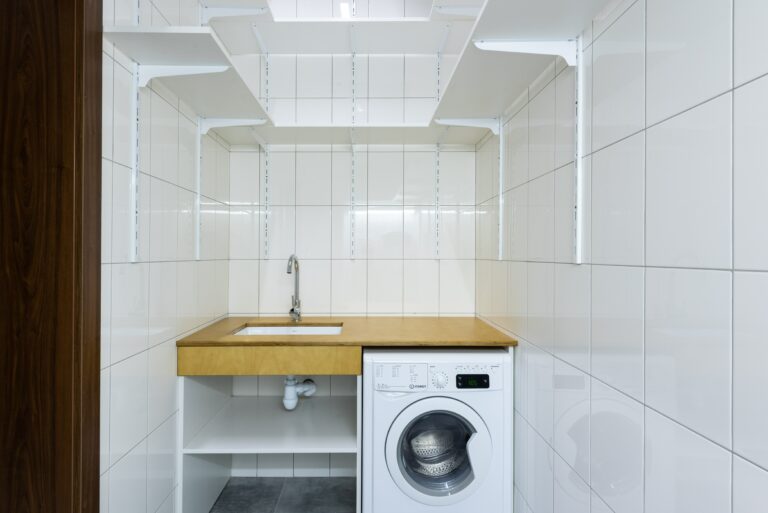
Indirect water saving technologies.
Rainwater collection system.
The water needed to keep your garden green is:
Liters of water/Day
Water saving tips:
What do you know about the rainwater harvesting solution?
Alternative sources of water are rainwater. The gray water collection, storage, processing and utilization systems are indirect water saving technologies. A simple solution is to place a bucket or barrel in the gutters of the house, to use the water afterwards to water the plants.
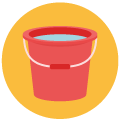
Rain barrel
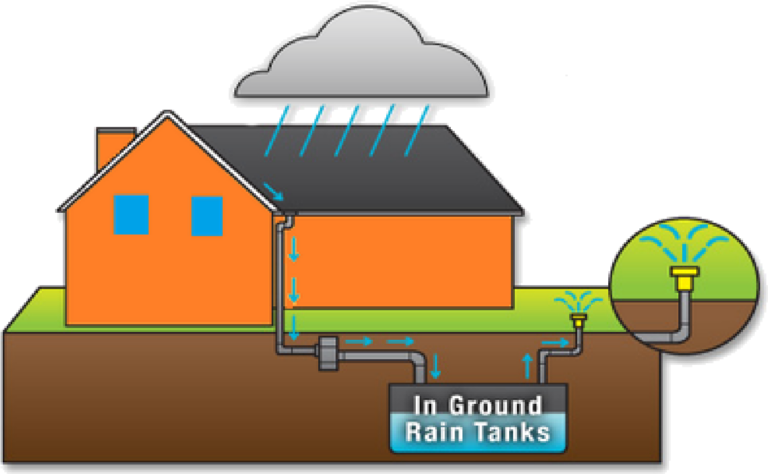
Gray water collection system.
- Only 20% of the water used by various sectors receiving public water supply is actually consumed. The remaining 80% returns to the environment, mainly as treated waste.
Water saving tips:
- What do you know about the gray water solution?
Another very efficient solution for saving water is the separation of the effluents from the sink, shower-tub and washing machine from the dirty ones. Gray water can be used with little treatment for watering gardens, washing cars, etc.
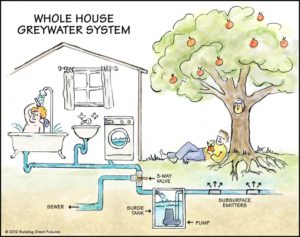
Pool
The water that evaporates from the pool is:
Liters of water/Day
Did you know that:
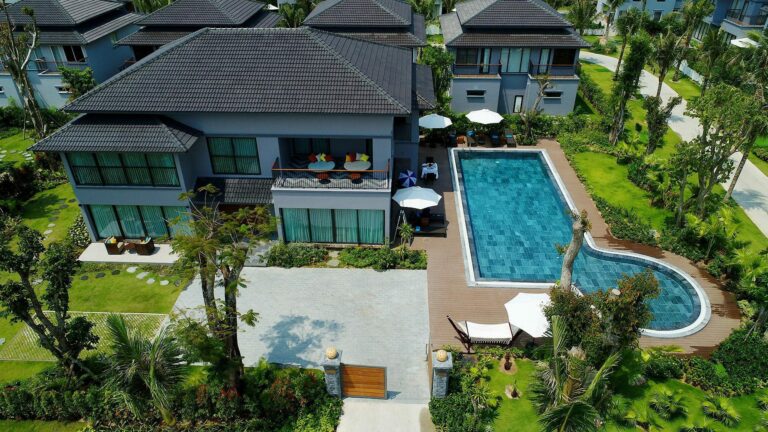
Indirect water consumption through shopping habits
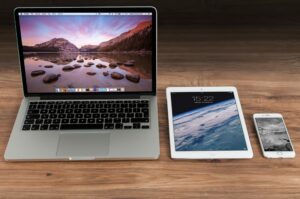
Did you know that the products you buy hide a large amount of water, which was spent on their production?
Car wash
The water you use to wash the car is:
Liters of water/Day
Did you know that:
Does it take about 378 liters of water to wash the car by hand?
- Limit the frequency you wash your car as much as you can.
- Use car washes that treat the same water and do not deplete water resources.
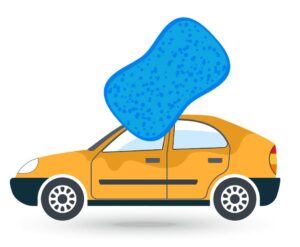
The water hidden in our food
The water stored in the foods you eat is:
Liters of water/Day
Water saving tips:
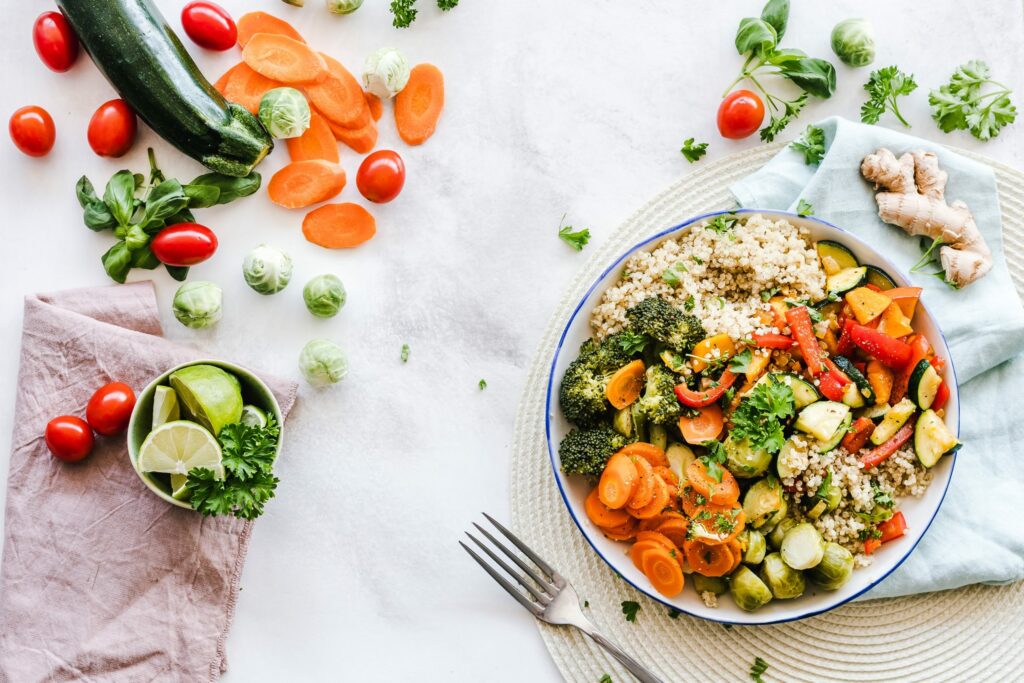
Pet food
The water stored in your pet's food is:
Liters of water/Day
Did you know that:
About 638 liters of water are needed to produce one euro of dry pet food.

Packaging recycling
The indirect water you can save by recycling packaging is:
Liters of water/Day
Recycling of plastic, glass and paper packaging
- Savings can be made by recycling plastic, glass and paper packaging
up to 18.35 liters of water per person per day.
